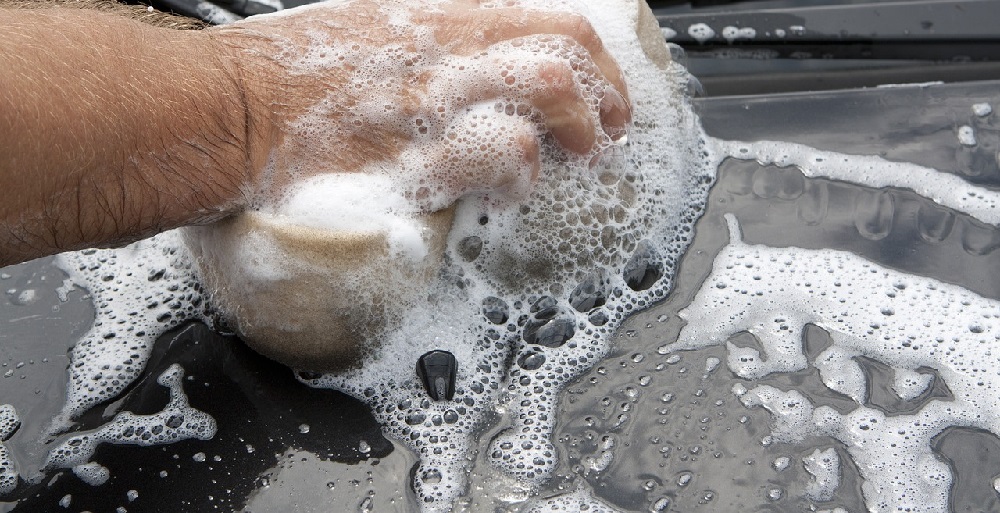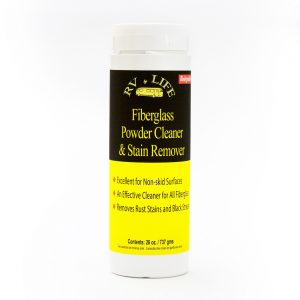
When it comes to RV cleaning, there’s nothing more important than knowing how to handle fiberglass. Fiberglass is, after all, one of the most common materials used to construct RVs these days. You can find it all over the outside of your RV. And if you’re not careful, your fiberglass can easily stain, scuff, and wear.
Since there’s so much “cleaning real estate” on the outer portion of an RV, it’s tempting to try and clean your fiberglass as quickly as possible—but if you’re not careful, you may end up doing more damage than good. That’s why we’ve prepared a few tips on how to clean fiberglass quickly without the nasty side effects.
Step One: Buy the Right Products
 The fastest way to ensure that you clean fiberglass the wrong way is to pay no attention whatsoever to the kinds of products you’re using. Sure, a general cleaner will often do the job when it comes to fiberglass. But we recommend a dedicated cleaner to ensure that you clear out the scuffmarks, stains, and similar issues that are so common with fiberglass. Our Fiberglass
The fastest way to ensure that you clean fiberglass the wrong way is to pay no attention whatsoever to the kinds of products you’re using. Sure, a general cleaner will often do the job when it comes to fiberglass. But we recommend a dedicated cleaner to ensure that you clear out the scuffmarks, stains, and similar issues that are so common with fiberglass. Our Fiberglass
Powder Cleaner & Stain Remover is a great start.
The key here: look for a non-scratching formula. A powder-based Fiberglass cleaner can make quick work of cleaning fiberglass, but if it doesn’t include this non-scratching formula, then it might do more damage than…well, let’s be honest: any more damage than zero damage is bad news.
It’s true: people do indeed do damage to their fiberglass when they’re just trying to make it look nice. If you’re going to do the same, we recommend that you keep in mind the wrong ways to do it…and avoid them.
Step Two: Don’t Do Silly Things to Fiberglass
One of the most important tips is to avoid using a power buffer on your fiberglass. This can lead to scratching and excessive force on your fiberglass—and, unlike stains, that won’t wash off easily. But that’s not the only “silly” thing that RV owners do to their own fiberglass. Make sure you also avoid the following:
- Using scratch-formula cleaners. We warned you about this in the previous section; make sure to read all fiberglass cleaner labels.
- Using overly abrasive cleaning tools. The power buffer was one example; you also don’t want to use items like steel wool. With fiberglass, a more gentle touch with the right product will ensure that you get the same cleaning power but without all of the elbow grease.
- Going too quickly. True, you have a lot of fiberglass to cover when it comes to RV’s, and it’s tempting to go really quickly to ensure that you clean the whole thing. But going too quickly leads to other mistakes, or simply ineffective cleaning.
Ultimately, you’ll want to treat your fiberglass as the unique material it is. Know how it works, what it requires, and how you can best handle it. And if you have any cleaner needs, make sure you buy the appropriate RV cleaners right from the get-go.

